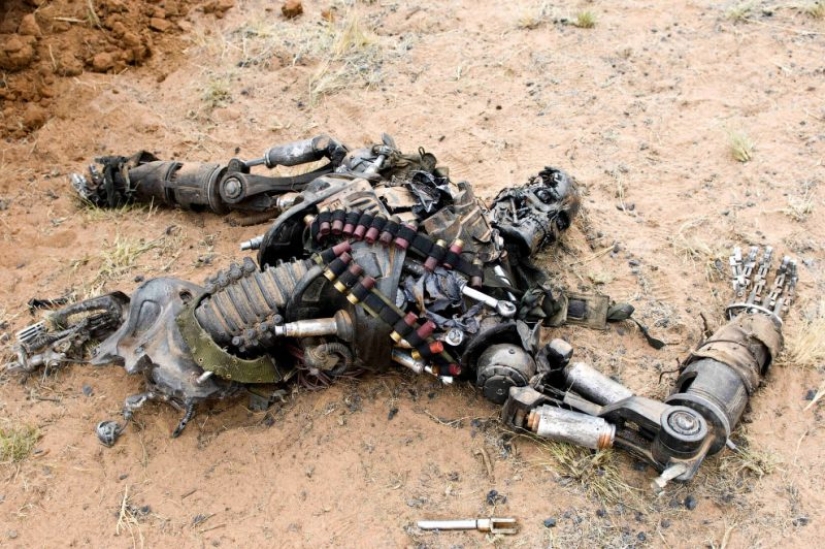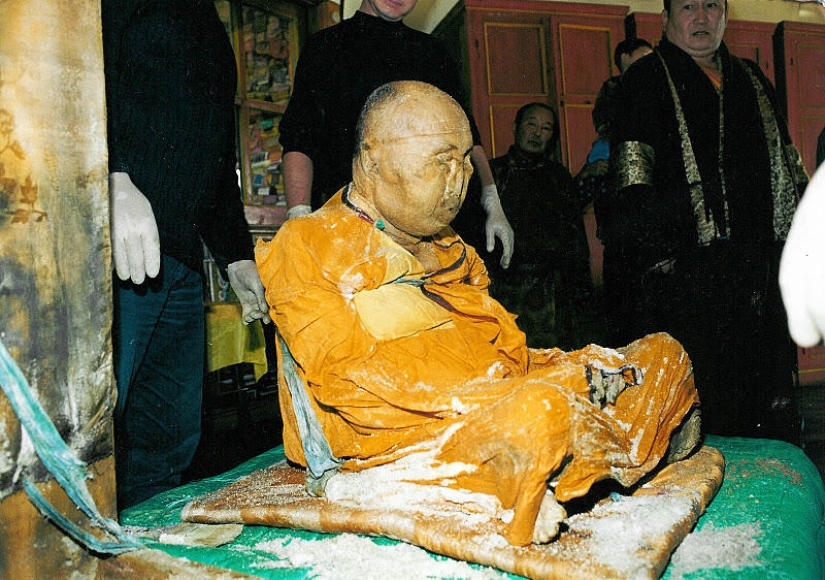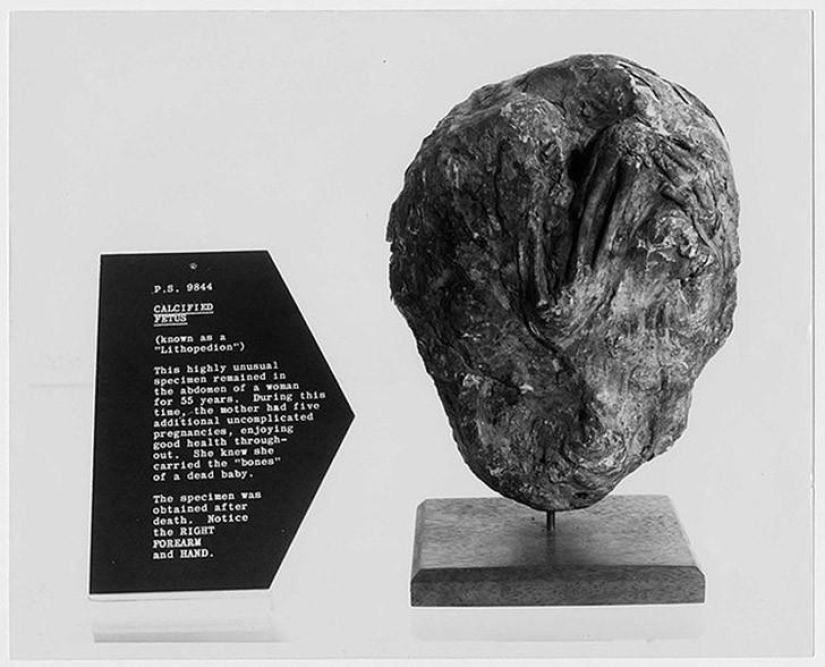Interesting facts about the most unusual mummies in history
By Pictolic https://pictolic.com/article/interesting-facts-about-the-most-unusual-mummies-in-history1.htmlEach of us has heard about mummies at some point, at least in school lessons on the history of Ancient Egypt. However, there are many more interesting stories about mummies than you can imagine. At various times around the world, dead people have been found who either turned into mummies due to natural causes, or their bodies were deliberately mummified. All these bodies, preserved for centuries, connect the strange and dark stories of their past.


Eva Peron
The legendary wife of Argentine President Juan Peron died of cancer on July 26, 1952, when she was only 33 years old. After her death, her remains were preserved with a cocktail of different mummification techniques so that they could be displayed during the funeral procession.

Three years later, anti-Peronist militants stole her mummified body, which was subsequently unknown for 15 years. Later, the body, in a very bad condition, was returned to her ex-husband, who paraded Eva in his own house, and his second wife allegedly combed the mummy's hair and even lay down next to her in the coffin to soak up her greatness. Later, the body was buried, and now Eva Peron rests in the crypt of her family.

La Doncella
This is the immaculately preserved mummy of a 15-year-old Inca girl who was sacrificed more than 500 years ago. She was discovered in 1999, along with two other children, on the Llullaillaco volcano, at an altitude of 6,700 meters above sea level in Argentina. While the girl looks like a victim of a tragedy, there is evidence that she suffered from a terminal illness like tuberculosis or a chronic lung infection. Her family did everything possible to ensure that the girl passed away safely and painlessly, traces of alcohol were found in her body, and coca leaves were found in her mouth.

Wet Mummy
In 2011, Chinese construction workers during the construction of a new road discovered in the ground a perfectly preserved mummy of a woman who lived about 600 years ago during the Ming Dynasty. It got its name from the fact that for a long time it was in the damp ground and despite the high humidity is very well preserved. Her skin was almost intact, and her hair and even her eyebrows were still there.

She was also found wearing exquisite accessories, such as a jade ring and a silver hairpin that still held her hair together. Mummification has rarely been used in China, which makes this find even more unique. Archaeologists believe that the mummification of the "wet mummy" was part of a natural process associated with a lack of oxygen in the moisture surrounding the woman's body, for this reason, there were no bacteria in the water that could contribute to the destruction of her corpse.

The Man from Groball
In the middle of the 20th century, several beautifully preserved bodies were discovered in a peat bog in Denmark, the most interesting of which is considered to be the Man from Groboll. At the time of his death two millennia ago, he was about 30 years old. Most likely, this death was connected with a sacrificial ritual, judging by the deep wound on the neck. The man still had red hair and facial features.

Ramses III
Unlike other mummies made in Egypt at that time, the remains of Ramses III are proof that he did not die a natural death, but fell victim to murderers. With the help of a CT scan, a deep cut was found on the pharaoh's throat, reaching almost seven centimeters in length and reaching almost to the spine. Such a cut not only damaged the blood vessels, but also the esophagus and trachea, which ended the life of one of the last great Egyptian pharaohs. Some Egyptologists believe that Ramses III was killed by his own sons.

Princess Ukoka
The body of Princess Ukoka proves once again that tattoos are forever. Despite the fact that she died almost 2,500 years ago, her withered body is perfectly preserved tattoos, among which there are mystical deer with capricorn horns and a griffin's beak. Scientists believe that this woman, who died at about the age of 25, was a representative of the middle class of the Pazyryk tribe, which lived in the mountains of Siberia. Members of this tribe believed that tattoos would help them find each other in the afterlife. The bones of six horses were also found near her remains, discovered in 1993, suggesting that horses played an important role in escorting people to the afterlife.

Tutankhamun of Torquay
Suffering from lung cancer, 61-year-old taxi driver Allan Billis from the English city of Torquay bequeathed his body to science. After his death in 2011, he was mummified according to the methods of the ancient Egyptians, the same way that was used to preserve the body of Tutankhamun, who died more than three thousand years ago. According to the will of the deceased, scientists were able not only to document the process of mummification, but also to broadcast it on television. Allan's wife commented on the situation, saying: "I am the only woman in Britain who has a mummy of her husband."

The Mummy of Dasha Dorjo Itigelov
Itigelov spent his life as a Buryat Buddhist lama in the best traditions of Tibetan Buddhism, starting his spiritual journey at the age of 16. In 1927, at the age of about 75, he announced to his students that the time for his transition to the other world had come. After the instructions, he asked the disciples to "visit his body in 30 years." Itigelov died peacefully during meditation and was soon buried in a cedar cube box in the lotus position. Since then, he has been exhumed twice, and despite the absence of an act of mummification, analysis of his body has shown that the protein fractions have lifetime characteristics.

The Mummies of Sir John Franklin's Expedition
In 1845, more than a hundred people sailed to the New World in the hope of finding the Northwest Passage, the legendary trade route to Asia. Two of the explorers ' vessels were lost, and the expedition was never heard of until 1850, when another group stumbled upon what was left of the long-vanished Beachy Island tribe. Among the burials were three fresh graves containing the remains of John Torrington, John Hartnell, and William Brain. More than a century later, in 1984, a team of anthropologists went to the island to conduct a forensic examination of the bodies found in the graves on Beachy Island. After exhumation, it was found that all three bodies were perfectly preserved, mainly due to the permafrost of the tundra.
Along with signs of pneumonia and tuberculosis, the scientists found that each deceased person had a lethal amount of lead in their body, probably resulting from the operation of the ship's water distillation systems. The amount of lead was staggering: anyone would have had to consume 3.3 mg a day for eight months to get such severe poisoning.
A woman with a petrified fetus
In 1955, a Moroccan woman named Zahra Aboutalib was brought to the hospital to deliver her first child. When the doctors said that it was necessary to perform a caesarean section, the woman was very afraid of the procedure and ran away from the hospital. Later, the unborn child died in the mother's womb, and despite this, she refused to remove the dead fetus from her abdomen. Almost 50 years later, she was hospitalized again, complaining of excruciating abdominal pain. Doctors discovered that what they thought was a tumor turned out to be the calcified remains of her deceased unborn child. This happens extremely rarely, in history there are only about 300 such officially registered cases.
Keywords: History | World | Mummy | Stories
Post News ArticleRecent articles

Arthur Pollock has worked as a news photographer for over forty years and left an archive of thousands of images, reminiscent of ...

In 1947, LIFE magazine photographer Alfred Eisenstadt took a series of photographs at the Swiss resort of St. Moritz, an island of ...
Related articles

The first wedding night in Russia was arranged in a special way and had a lot of differences from the similar tradition of other ...

Nikolai Vasilyevich Gogol is not just a classic, but the first major Russian prose writer, who was considered his teacher by many ...

There is a great group on the Reddit site, which publishes the most ridiculous, strange and amazing shots ever made. It is called ...

Most artists strive for fame. This is not surprising, because fame helps to gain a solid audience of fans and sell paintings ...